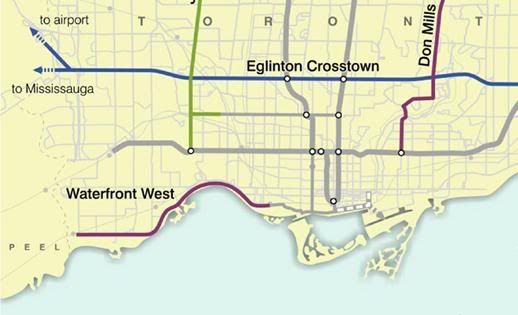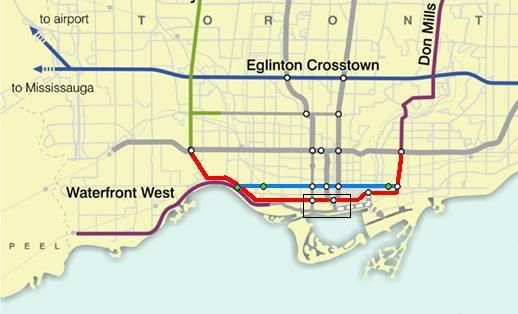AnarchoSocialist
Active Member
Antiloop, my first choice pet project was the billion dollar GO funding, which is on its way. Waiting for the first election cycle after MoveOntario is finished and the YUS line has been losing riders due to crowds for a few years will guarantee that the DRL (or some equivalent) won't be built before a full half century has passed since it was proposed...maybe we can afford to wait that long, maybe we can't - I'd rather not take the risk. I'm always amused by how often people on this forum say we need new transit infrastructure downtown such as, for example, a tunneled streetcar on King, but a DRL is out of the question.
I can see why a lot of people are pesimistic about transit in North American cities since it has been largely ignored over the past several decades. But attitudes have changed a lot even just in the past few years. Ottawa is a good example. After the LRT project was cancelled people thought that would be it and it would be a decade before anything happened again. That has not been the case and instead the project may be 3 or 4 years behind schedule, but, it is being revised (even if it is in a largely inferior manner) and something is going to be done.
Same is true of transit in downtown Toronto. The problem exists today and will be even larger in 5 years and assuming the MoveOntario plan goes forward and this batch of projects move ahead it is almost certain that focus will shift to the downtown area just because there isn't much of a choice unless you want the system to develop a massive bottleneck. My only reservation is that when people talk about transit downtown that instead of being concerned with the infamous DRL or this or that it is actually examined from what is built today, and will be built in the next 5 years, and what makes sense today. There are actually some rather simple solutions that would drastically improve transit in the downtown area it is just a matter of people being able to have a proper discussion about them, which can sometimes be hard, but at least the environment for that to happen is a bit more positive now.






